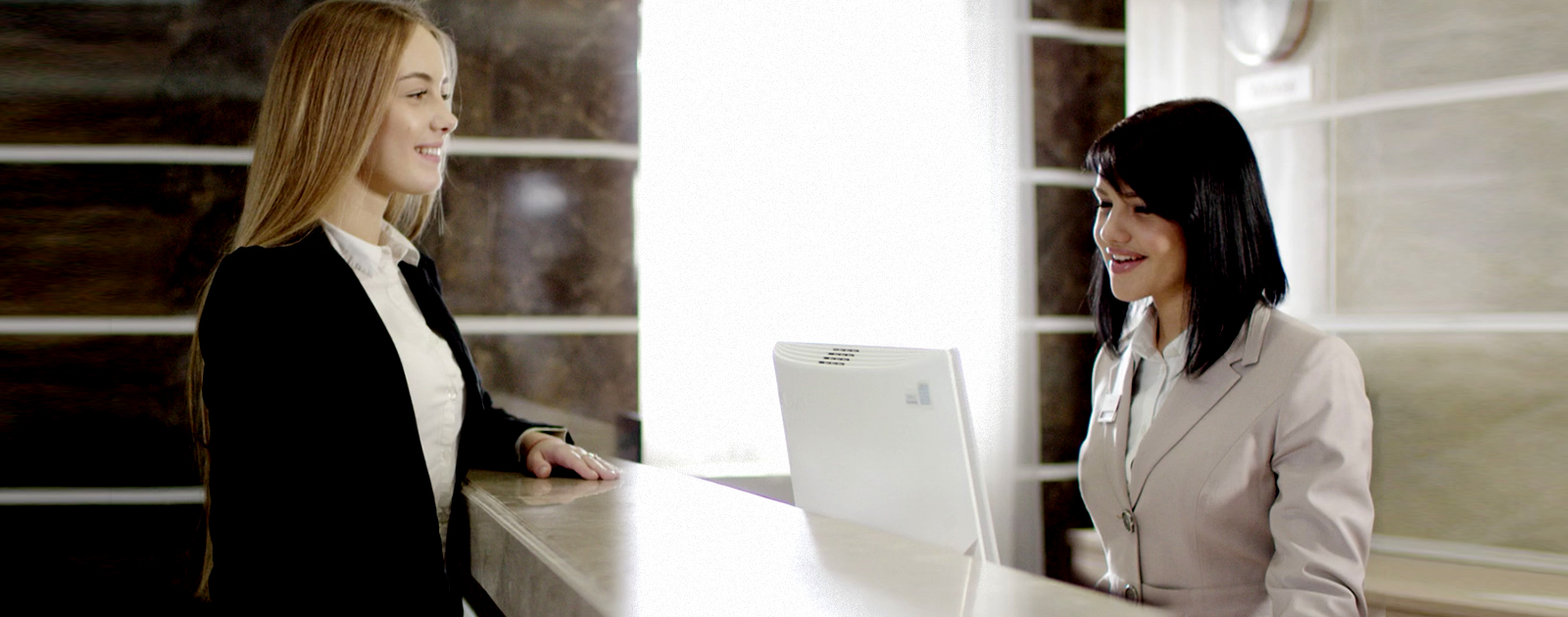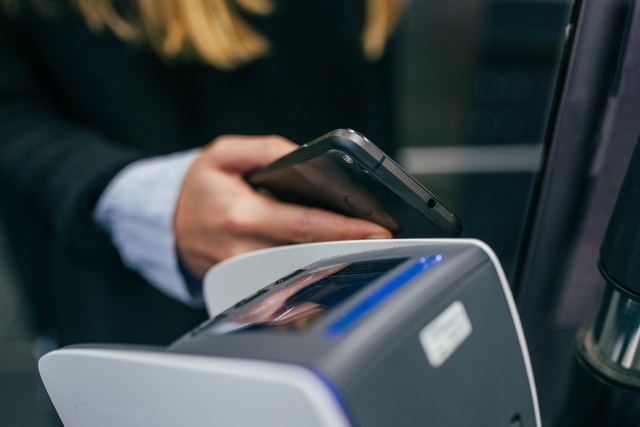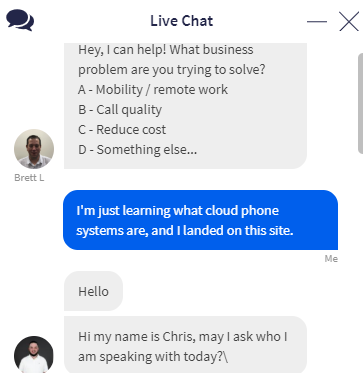Hopeful prospects for the hospitality industry

Hospitality, as broken down by Hospitality Net, is the multibillion-dollar industry whose four segments (food and beverage, travel and tourism, lodging, recreation) depend on leisure time, disposable income and customer satisfaction to generate profit. Due to the pandemic, leisure time is often spent at home, aggregate disposable income is less, and customer satisfaction is restricted by fewer channels available to reach consumers whose behaviors are ever-changing.
By now, it doesn’t take an Isaac Newton to recognize the gravity of the pandemic. But we’re not here to add more fuel to the discussion around an abysmal economy, death tolls, and misinformation for click bait. This could be the wholesome tech blog content you weren’t expecting and didn’t know you needed. Instead, I invite you to join me in finding a silver lining as we look at how players in this vulnerable industry are leveraging technology to weather the pandemic and hit the ground running in exciting new business territory.
Mobile payment technology
 Google Pay, Apple Pay and Samsung Pay are just a few examples of mobile technology storing payment information to be used for in-store and online purchases. For in-store, mobile wallets apply near-field communication (NFC), magnetic secure transmission (MST), and even sound waves to communicate with the point of sale without touching it. For online payments, intelligent digital wallets can autofill payment information while confirming the payer’s identity through biometrics or fingerprints for added security.
Google Pay, Apple Pay and Samsung Pay are just a few examples of mobile technology storing payment information to be used for in-store and online purchases. For in-store, mobile wallets apply near-field communication (NFC), magnetic secure transmission (MST), and even sound waves to communicate with the point of sale without touching it. For online payments, intelligent digital wallets can autofill payment information while confirming the payer’s identity through biometrics or fingerprints for added security.
Applications, QR, mobile banking, and payment links are just a few additional functionalities companies can adopt to create a more powerful and convenient mobile payment process.
Implementing technology to accept mobile payments is relatively straightforward, and the benefits outweigh the effort and costs involved. Here are a few reasons why:
- Fast: It is said that traditional payments can take upwards of 30-45 seconds to complete, while a contactless transaction can reduce those figures to 10-15 seconds.
- Secure: Mobile payment technology is loaded with built-in configurability to stop duplicate transactions, enable two-step authentication, or set a limit to the amount that can be expended per transaction. Not to mention, mobile payment data is heavily encrypted when stored and transferred.
- Touchless: Due to the pandemic, customers are seeking ways to keep their hands clean as they go about their lives. One less surface to touch means more peace of mind for your customers.
- Revenue: A University of Illinois study found that after adopting mobile wallets, consumers spend 2.4% more and make purchases 23% more frequently. This is just human psychology—it’s easier to spend money when we aren’t reaching into our wallet to hand over our hard-earned cash, and it’s easier to spend more often when the process is as simple as holding a mobile phone up to a payment terminal.
- Customer experience: It’s no surprise that fast, easy, hygienic, and secure transactions translate to happy, healthy, and confident customers.
- Value-added: Businesses can further augment their mobile wallet approach by linking it to loyalty programs, special deals, push notifications, and other value-added services that can be streamlined through mobile devices.
Data science
Restaurants are excellent data science candidates (especially chains and restaurant groups), as they generate tons of data both internally and externally (think social media, POS systems, email, inventory, phone calls, etc.). Due to social distancing and limited capacity operations, restaurants are investing in systems and training staff to make meaningful decisions based on data that would otherwise be impossible to process. Here are a few ways restaurants have used big data to gain efficiencies and increase sales:
- Menu optimization: Through ordering trends and marketing analytics, restaurants can identify their most and least popular dishes, as well as how location and season impact what gets ordered. This allows for more informed decisions in the efforts to make a menu that is both profitable and delicious.
- Inventory: Big data allows restaurants to recognize patterns and predict factors that influence inventory counts, meaning less of this:
- “Sorry, we’re fresh out of the chicken alfredo”
- 250 rotten oranges and 20 pounds of expired beef in the walk-in cooler
- Customer experience and retention: Through social listening, transaction data, loyalty program data, etc., restaurants can study what brings customers in and what keeps them coming—a good idea, as attracting a new customer costs 5x more than retaining an existing one.
- Data-backed platforms: More and more brands are integrating state-of-the-art eCommerce platforms such as MENU in order to optimize engagement with the customer and stimulate sales every step of the way. Such platforms collect data for every interaction, which can be used to pinpoint areas of opportunity and affirm what's being executed well. As this is right up our alley, we at Softtek also got involved!
It should be noted that data and information services can be leveraged across many industries. It should also be noted that data science insights can serve a dual purpose. For example, using data to optimize the menu may impact customer retention, and reversely, using data to improve customer retention may mean changes to the menu.
Hybrid workplace platforms
Customer-facing solutions are extremely important for weathering the pandemic, but we can’t forget about our employees. As Swedish businessman and author Jan Carlzon states in his book, “If you’re not serving the customer, your job is to be serving somebody who is.”
During the pandemic, organizations have had to keep the link strong between the enterprise and its employees as they balance the reimagined hybrid workplace. With a platform like Softtek’s RESILIENT, operations of any size can manage the safety of employees through digital passports, symptom monitoring, contact tracing, hybrid scheduling, and the ability to seamlessly integrate additional tools and platforms for increased control and visibility.
For hospitality, a hybrid workplace model represents huge steps toward the efficiency and safety necessary to continue operating in full capacity. Such platforms, paired with business communication platforms like Microsoft Teams, allow companies to create an employee-first culture grounded in providing tools and flexibility for a more productive workforce.
Chatbots
Countless players in hospitality have integrated chatbots into different touchpoints in apps, websites, social media accounts, and phone systems. Let’s get right into why:
- Information: Rather than call an agent or poke around a website (tasks frequented by restaurant goers, hotel stayers and tourists alike), simply ask a chatbot. The possibilities are endless, as the natural language processing and machine learning functions can be continuously improved to answer more inquiries and recognize more inputs.
- Deals and suggestions: Chatbots can use data from customers, products, and interactions to provide personalized deals and recommendations.
- Commands: Make reservations, compare products and prices, and request quotes are just a few commands chatbots can receive to create convenience for customers.
- ROI: Chatbots pay for themselves quickly, as they are cited to reduce operational costs while enabling support agents and boosting the customer experience, all of which impact the bottom line.
- Care: Chatbots can be configured to detect upset customers and more complex questions, immediately transferring them to a real person. In the below interaction, I couldn’t resist my temptation to talk to the chatbot, but it connected me with a real person in seconds. Chris, sorry I didn’t need help with anything.
More digital = more winnable
I said it once, and I’ll say it again: Digital used to be like chalk. It made [rock] climbing easier, but you could still climb without it. Now, digital is the foothold keeping you from falling. Both customer-facing and back-office digital tools have been the lifeline for all industries, and hospitality will continue to adopt technology as a key to excelling in an agile corporation capable of meeting shifting demands.





